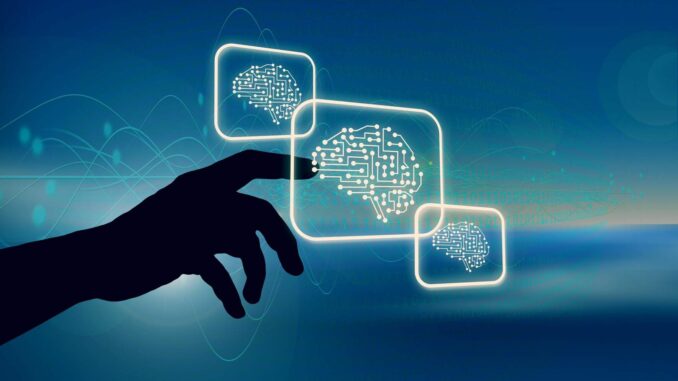
Reactive machines are one of the categories in the classification of artificial intelligence systems. They are the simplest form of AI and operate purely based on the current input they receive, without any memory or ability to learn from past experiences.
Reactive machines follow a set of programmed rules to respond to specific stimuli or inputs, and they do not possess any form of consciousness or self-awareness.








**Key characteristics of reactive machines include:**
1. **No Memory or Learning**: Reactive machines do not store past experiences or learn from them. Their responses are based solely on the present input.
2. **Specificity**: They are designed for specific tasks and can only operate within the confines of those tasks. They cannot adapt or generalize their knowledge to different situations.
3. **Real-time Processing**: Reactive machines process information in real-time without any lag, allowing them to respond immediately to inputs.
4. **Examples**: A well-known example of a reactive machine is IBM’s Deep Blue, which famously defeated world chess champion Garry Kasparov in 1997. Deep Blue did not remember previous games or learn from them; it analyzed possible moves based on the current state of the chessboard.
5. **Limited Applications**: Due to their simplistic nature, reactive machines are limited in their applications. They excel in situations where decisions need to be made rapidly and do not require context or historical data.
Reactive machines are an important foundational concept in AI, but they represent only one aspect of a broader spectrum of AI capabilities that includes more advanced systems with memory and learning capabilities, such as limited memory AI, theory of mind AI, and self-aware AI.

Leave a Reply